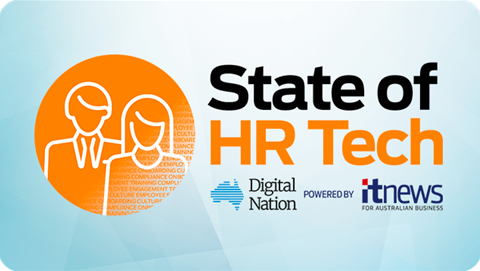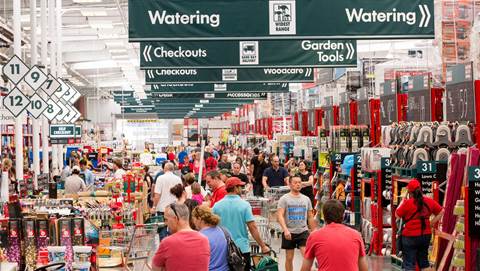The gap in access to digital education has led to a global digital gender divide, according to Malala Yousafzai.
In her keynote speech at today’s Salesforce Education Summit 2022, Malala Yousafzai, Pakistani activist for female education and co-founder of the Malala Fund described the digital gender divide that has far reaching implications for communities and the economy at large.
“We want to make sure that girls are able to use mobile phones, that they're able to use computers, they're able to have access to digital technology. Because if girls and women are left behind in this, they will not be prepared for the future,” said Yousafzai.
A UNICEF report published mid-last year reveals that over 90 percent of jobs worldwide have a digital component.
“Digital literacy is increasingly seen as an essential skill for employability and has been linked to higher earning potential and new economic opportunities. However, distinct geographic, economic, and social gaps in access persist, including those related to disability and gender,” the report says.
According to Yousafzai, the education that females receive globally, in comparison to their male counterparts, is not preparing them for future jobs.
The UNICEF report reveals that more than 50 percent of women globally are offline, with no access to digital technologies.
It also states that women are 20 percent less likely than men to own a smartphone, and because of this, their phone usage is limited when it comes to meaningful use.
“Limited by less expensive and sophisticated handsets, women use a smaller range of digital services (often primarily voice and SMS). Women also use digital services less often and less intensively, and they access the internet less frequently, for fewer reasons,” the report says.
A similar digital divide exists between children, where girls have reduced access to digital than boys.
“In countries with data, girls aged 15–19 years were less likely than boys to have used the internet in the past 12 months, and they also had lower mobile phone ownership,” the report says.
According to Yousafzai, “If there is just one digital tool in a household it is more likely that the boy would have access to it rather than girls.”
From an economic perspective, this gap has enormous monetary implications.
“When we educate girls and give them safe, quality and free education it would add up to $30 trillion to the world economy,” said Yousafzai.
“One study shows that when one does receive primary education, their income is 19 percent higher and when they receive secondary education, it's doubled of that. Our leaders, policymakers, decision makers must realise soon that education is a sustainable investment.”



.png&h=140&w=231&c=1&s=0)
_(22).jpg&h=140&w=231&c=1&s=0)







 iTnews Executive Retreat - Security Leaders Edition
iTnews Executive Retreat - Security Leaders Edition












_(1).jpg&h=140&w=231&c=1&s=0)



